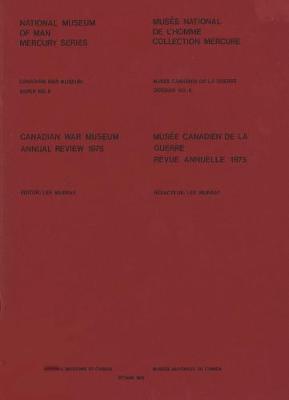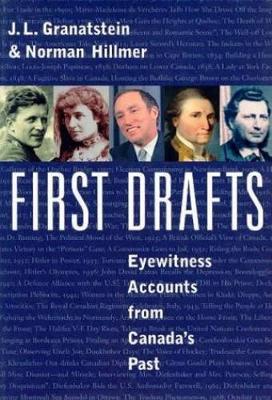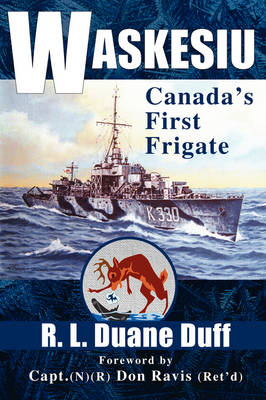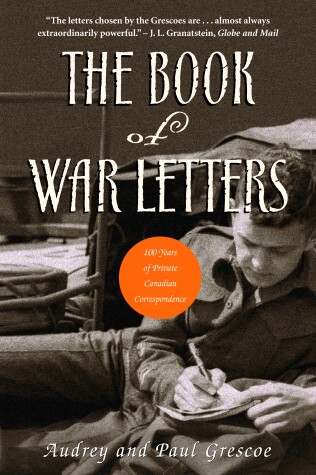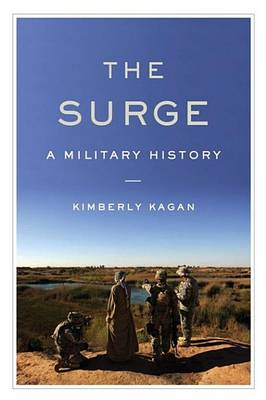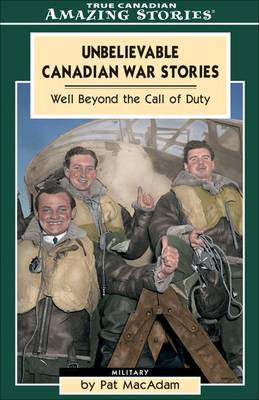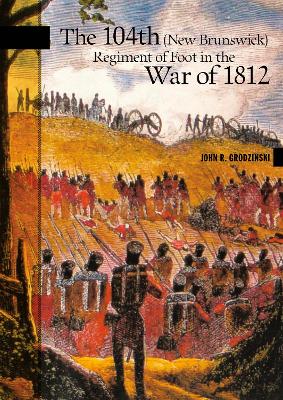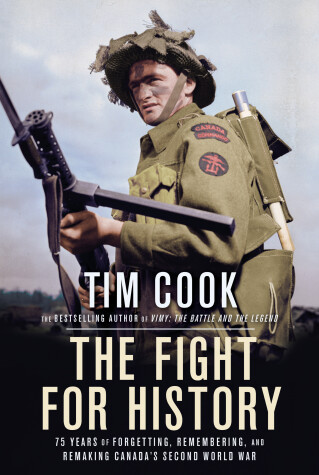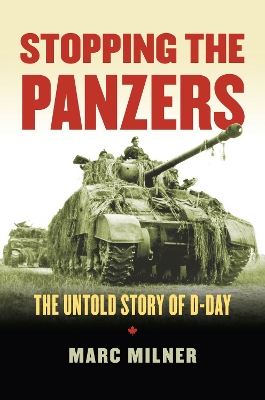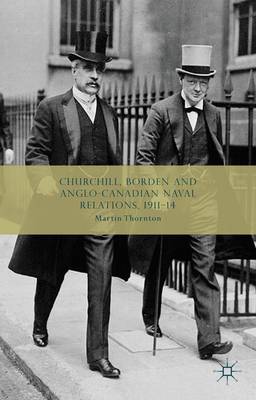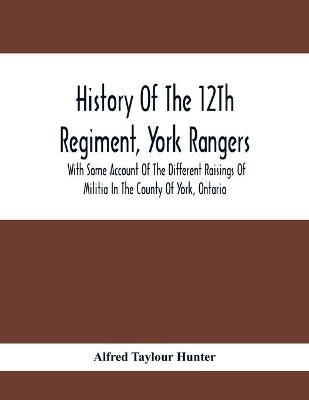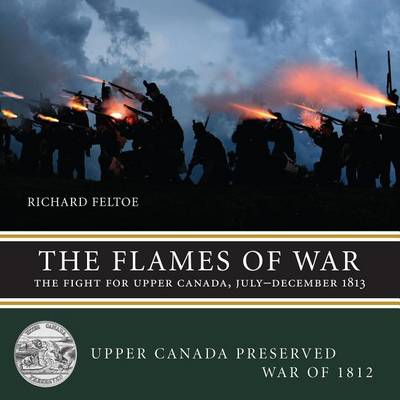Canadian War Museum: annual review 1975 (Mercury)
The second volume in a 3-book series Duress – the extreme experience war produces – brings out the most remarkable human qualities, and letters written in wartime contain some of the most intense emotion imaginable. This anthology includes letters that date as far back as the Boer War (which began in 1899) and extend up to 2002, when Canadian peacekeepers served in Afghanistan. Between are letters from the First and Second World Wars, the Korean War, and a number of peacekeeping missions. It co...
This book chronicles the three very different sieges of Quebec and sheds new light on these pivotal eighteenth-century conflicts. This book is being published to mark the 250th anniversary of the siege of Quebec. But unlike other books on this celebrated event, this account is set against a much wider canvas. The book is divided into three parts: each telling the story of one of the three eighteenth-century sieges of Quebec. There will be illustrations and maps included. By chronicling the event...
The 104th (New Brunswick) Regiment of Foot in the War of 1812
by John R. Grodzinski
A long-awaited history of this important Canadian regiment, The 104th (New Brunswick) Regiment of Foot in the War of 1812 looks at this military unit from its beginnings in the early days of the 19th century to its disbanding in 1817. Best known for its perilous Winter March through the wilderness of New Brunswick to the battlefields of Upper Canada, the 104th was a British unit whose early role in the War of 1812 was to defend the Maritimes. In 1813, it was ordered to Upper Canada and took part...
Dieppe, the Battle of Hong Kong, the Mora River Campaign, the Invasion of Normandy, the Siege of Dunkirk, -- battles not as distant as we may think. The constant gunfire, the whistle of bombs, the hiss of gas, the cold, the wet, the fear, the loneliness, and the anguish of losing friends and colleagues. Outside of the military, no one can quite imagine how the soldiers endured all of this. But endure they did. Canadians fought on several fronts during World War II, proving the mettle of soldiers...
The brutal battlefields of Europe during World War II were the testing ground for the young men of the 1st Battalion of the North Shore (New Brunswick) Regiment. On June 6, 1944, the soldiers landed on the coast of France as part of the first wave of the D-Day invasion. After securing the eastern flank of the Canadian landing along Juno Beach, the Regiment was in constant contact with the enemy over the next thirty days, suffering a steady stream of casualties. This led to a ferocious battle in...
NATIONAL BESTSELLER FINALIST FOR THE OTTAWA BOOK AWARDS A masterful telling of the way World War Two has been remembered, forgotten, and remade by Canada over seventy-five years. The Second World War shaped modern Canada. It led to the country's emergence as a middle power on the world stage; the rise of the welfare state; industrialization, urbanization, and population growth. After the war, Canada increasingly turned toward the United States in matters of trade, security, and popular cultu...
Brigadier General James L. Collins Jr. Book Prize In the narrative of D-Day the Canadians figure chiefly-if at all-as an ineffective force bungling their part in the early phase of Operation Overlord. The reality is quite another story. As both the Allies and the Germans knew, only Germany's Panzers could crush Overlord in its tracks. The Canadians' job was to stop the Panzers-which, as this book finally makes clear, is precisely what they did. Rescuing from obscurity one of the least understoo...
Churchill, Borden and Anglo-Canadian Naval Relations, 1911-14
by Martin Thornton
In 1911, Winston S. Churchill and Robert L. Borden became companions in an attempt to provide naval security for the British Empire as a naval crisis loomed with Germany. Their scheme for Canada to provide battleships for the Royal Navy as part of an Imperial squadron was rejected by the Senate with great implications for the future.
Regimental histories are a virtual window to a nation. They provide insight into a country's culture, values, and martial spirit. But more specifically they tell the story of the men and women who fight their nation's wars.Created as an infantry school corps to train the Militia, the Royal Canadian Regiment quickly grew to serve the national interest at home and abroad. From its first operational mission in Canada's rugged Northwest to assist in quelling the Riel Rebellion to the harsh veldt of...
A School History of the Great War
by Albert E McKinley and Charles Augustinjoint Coulomb
Flames of War, The: The Fight for Upper Canada, July December 1813 (Upper Canada Preserved War of 1812)
by Richard Feltoe
This fully illustrated edition offers more than 50 visuals including maps, operational plans, photographs and war art related to the incredible stories of our unsung heroes. With a completely selfless indifference to enemy fire, the quiet heroes featured in this book faced danger and atrocity. With courage and audacity they fought for their lives - and they fought for ours. From the whistling of enemy shells and pounding of explosives come these inspiring stories of friendship, loyalty, determin...
Kurt F. Jensen argues that Canada was a more active intelligence partner in the Second World War alliance than has previously been suggested. He describes Canada's contributions to Allied intelligence before the war began, as well as the distinctly Canadian activities that started from that point. He reveals how the government created an intelligence organization during the war to aid Allied resources. This is a convincing portrait of a nation with an active role in Second World War intelligence...
The Incredible Adventures of Louis Riel (Amazing Stories)
by Cat Klerks
